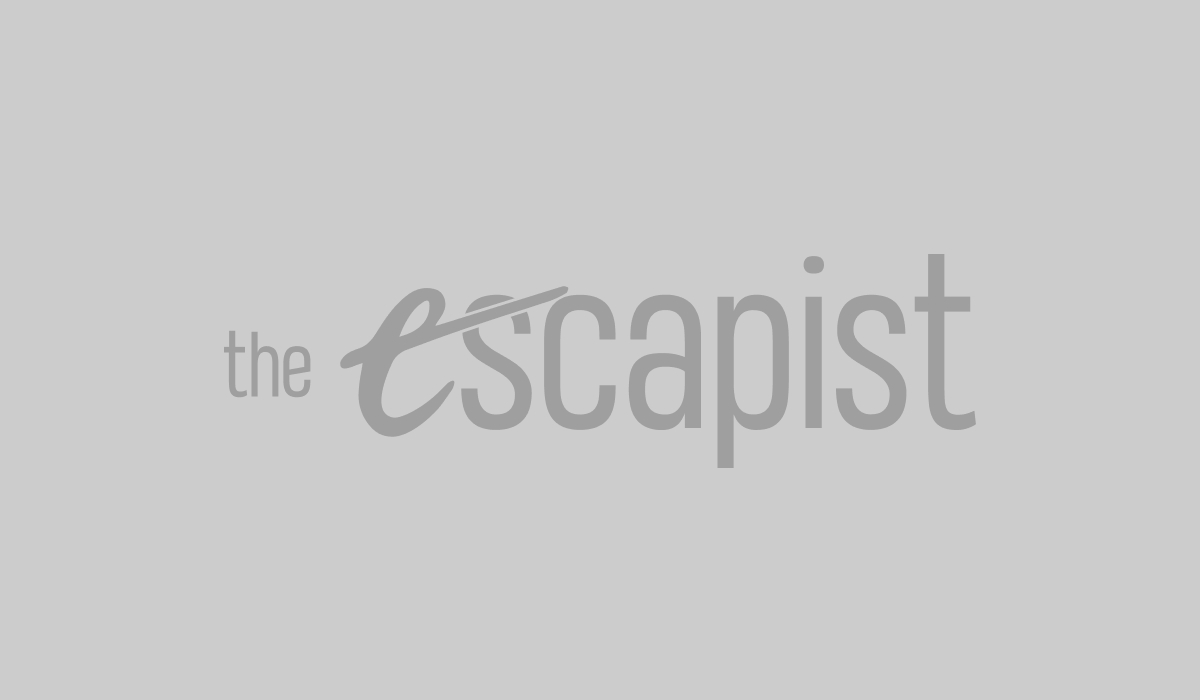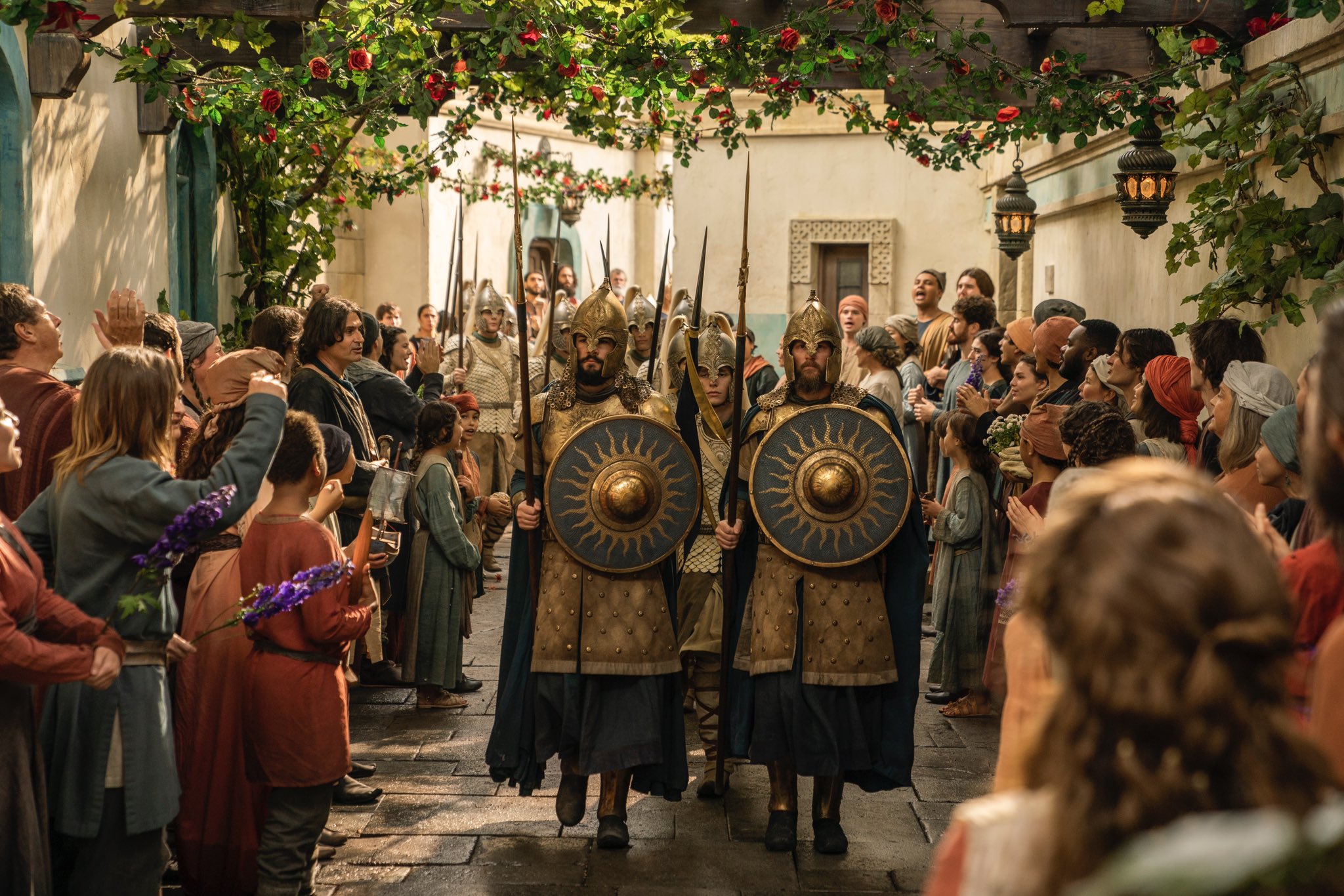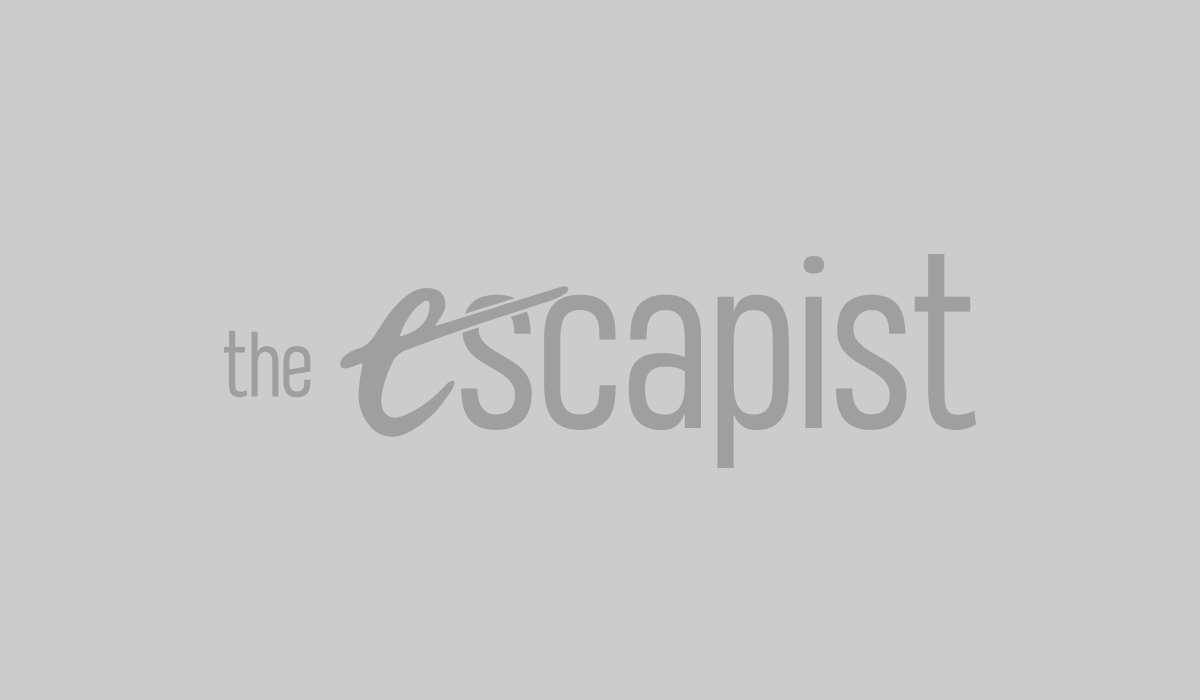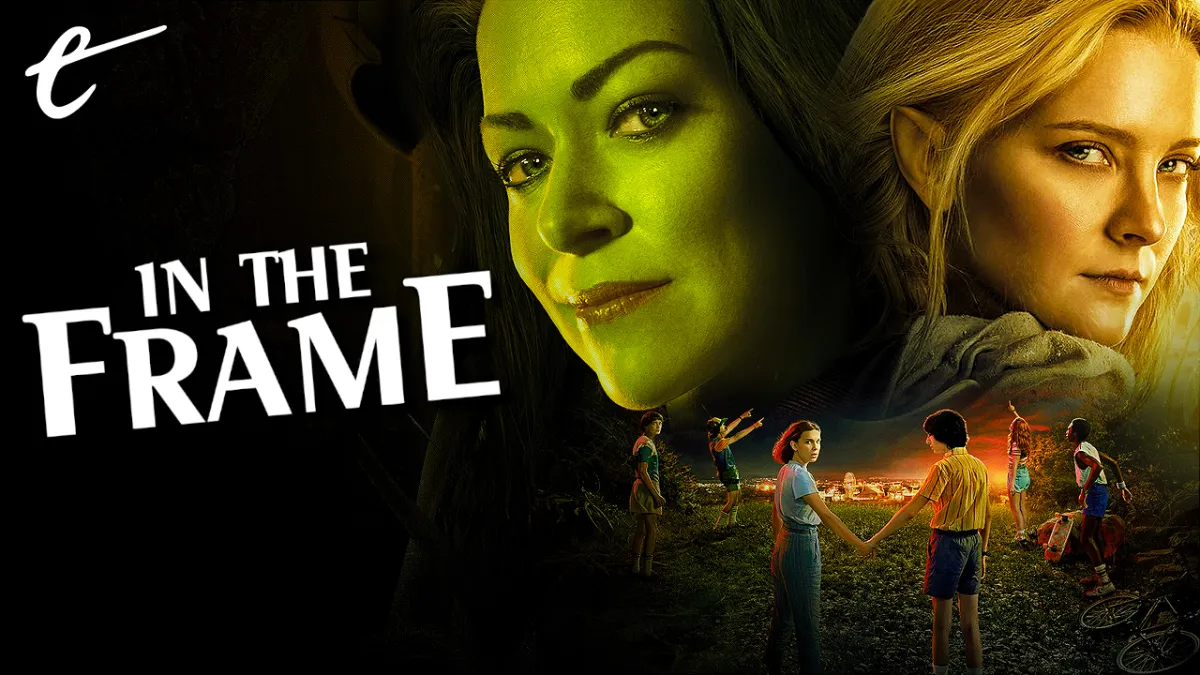Last week, Netflix launched an ad-supported tier. This would allow subscribers access to the service for a lower monthly rate in exchange for having to sit through commercials. It was the implementation of a long-gestating idea, but it also served as the death knell for a certain vision of what streaming would be.
Netflix has long been treated (and valued) as a tech company rather than a studio, and so their model seemed designed to “disrupt” the existing space. When Netflix moved into television, it was a radical challenge to the forms and structures of the medium. Entire seasons dropped at once. Without schedules to fill or commercials to allocate, episodes ran as long as they needed to. Without transparent ratings to measure success, the company would take expensive and creative risks.
As a result, when streaming launched, it felt genuinely revolutionary. It upended the idea of what television could be. Viewers could consume shows on their own schedules and in their own ways. Creators no longer had to confine their narratives to fixed runtimes or season orders. There were narrative experiments, like the fourth season of Arrested Development. There were formal experiments, like the choose-your-own-adventure innovations of Bandersnatch.
Mark Zuckerberg has summarized the driving ideology of tech disruptions in five words: “Move fast and break things.” With streaming, Netflix was certainly moving fast and trying to break the model of television. In December 2015, critic James Poniewozik contended, “More so than any recent innovation in TV, streaming has the potential, even the likelihood, to create an entirely new genre of narrative: one with elements of television, film and the novel, yet different from all of those.”
However, recent years appear to have tempered that potential. If the first two decades of the 21st century represented the wild west for media disruptors, then recent years have seen a more conservative outlook settling in. In January 2019, Hemant Taneja declared that the era of “move fast and break things” was over. These companies could no longer make wild promises based on the abstract potential for growth, but had to deliver quantifiable results in short periods of time.

Over the past couple of years, streaming services have begun to look a lot more like conventional television. Netflix isn’t the only service with an ad-supported tier. The default option for Universal’s Peacock service is a free ad-supported tier, with premium alternatives available for those willing to pay. Paramount+ has an ad-supported “Essential Plan.” Hulu has both ad-supported and ad-free tiers. HBO Max has seen great success with its ad-supported tier. Even Disney+ plans to add one.
While the return of advertisements conjures memories of the old viewership model, it isn’t the only streaming innovation lifted directly from television. Online service providers have begun selling subscriptions to smaller providers. YouTube has begun packaging streaming services under the banner “Primetime Channels.” Amazon Prime Video offers customers the opportunity to subscribe to other services from BritBox to Shudder. This all recalls the rise of “cable bundles.”
It isn’t just the means of distribution that hearken back to traditional television, but even the release schedule. While Netflix is still committed to the binge model, other services like Amazon, Apple TV+, and Disney tend to stagger their releases weekly as a way to maintain subscribers. Even Netflix has made concessions, staggering the 10 episodes of Guillermo Del Toro’s Cabinet of Curiosities over five nights and splitting the most recent season of Stranger Things across two fiscal quarters.
Over the past few years, it has seemed like these streaming services are effectively inventing their own version of appointment television. Services like Disney+ will even schedule big shows on particular days of the week, with Andor on Wednesdays and She-Hulk on Thursdays. While most services drop new episodes at midnight PT, Amazon released the premiere of The Lord of the Rings: The Rings of Power at 9 p.m. ET and aired subsequent episodes at 9 p.m. PT, effectively dropping them in prime time.

There are reasons for this approach. As the streaming wars heat up, services are placing a greater emphasis on viewer retention than on viewer recruitment. It is no longer enough to attract viewers with a massive eight-episode drop on a Friday: These services have to find a way to retain these viewers across weeks and months. After all, Netflix’s recent stock tumble, which appears to be an existential crisis for the company, was caused by the first subscriber attrition in 10 years.
Even outside of the companies themselves, there is a growing sense that streaming services are just television by any other name. While the early years of these companies were opaque when it came to reporting viewership metrics, and while Netflix and Amazon still refuse to publish box office results, recent years have seen a greater attempt to quantify consumption. Nielsen now tracks streaming viewership, and the services have become more open and transparent.
This may seem like a small thing, but it is vitally important. It confirms that these services are being held to account using the same metrics as broadcast television. Making these figures transparent means that business decisions within these companies are shaped and driven by the same factors that inform regular television production. It makes it harder to justify renewals and cancellations as aesthetic- or quality-driven decisions. These services are playing by television’s rules.
Even narratively, many of the big modern shows on these services look a lot more like populist turn-of-the-millennium television than any of the early breakout streaming hits like House of Cards, Orange Is the New Black, BoJack Horseman, Transparent, or Master of None. Disney’s Marvel streaming shows are built around buzzy late villain reveals, and Amazon’s The Rings of Power fixates on mystery boxes, recalling the plotting of broadcast television like Lost or Heroes.

There is something fascinating in this. A decade of radical experimentation and innovation seems to have led these would-be innovators to a very simple realization: that television was actually a pretty sturdy and reliable multimedia framework, and that there is a reason the medium has endured for so long. Looking at the modern streaming landscape, it can seem like these disruptors have taken the long way around to an obvious conclusion.
When the chips are down and these services have to begin offering return on investment, when the promise of the potential of “growth” is no longer enough to inflate share price, there is a concession that the traditional model worked reasonably well. In the end, these tech companies have broken a bunch of eggs, only to realize that they don’t have the ingredients to make an omelet, and so instead are serving up scrambled eggs hoping that nobody will notice.
Television is lucky that this process of disruption did not cause lasting damage to the medium. Cinema has been subject to a similar attempt at disruption from studios that are just as eager to move fast and break things, experimenting with absurd budgets on direct-to-streaming blockbusters and simultaneous day-and-date streaming and theatrical releases, with disastrous results for the entire industry. It seems safe to concede, with a bit of distance, that the streaming revolution was always going to be a failure.
That revelation came too late for some. There is a clear line to be drawn between AT&T’s failed attempt to vertically integrate Warner Bros. into its holdings through plans like simultaneous streaming releases, to the company’s decision to divest itself of Warner Bros., to the subsequent merger with Discovery that has been catastrophic. These attempts at disruption within the theatrical space have led to the humbling of one of Hollywood’s oldest and greatest studios.
Looking at the chaos unfolding in the theatrical sphere that resulted at least in part from these attempts at innovation and reconfiguration, maybe it isn’t such a bad thing that these streaming services realized that television was a pretty solid business model that didn’t need too much in the way of disruption. Still, as streaming settles into a model that looks increasingly like old-fashioned television, it’s hard not to miss some of the potential and experimentation of those early days.






Published: Nov 7, 2022 11:00 am